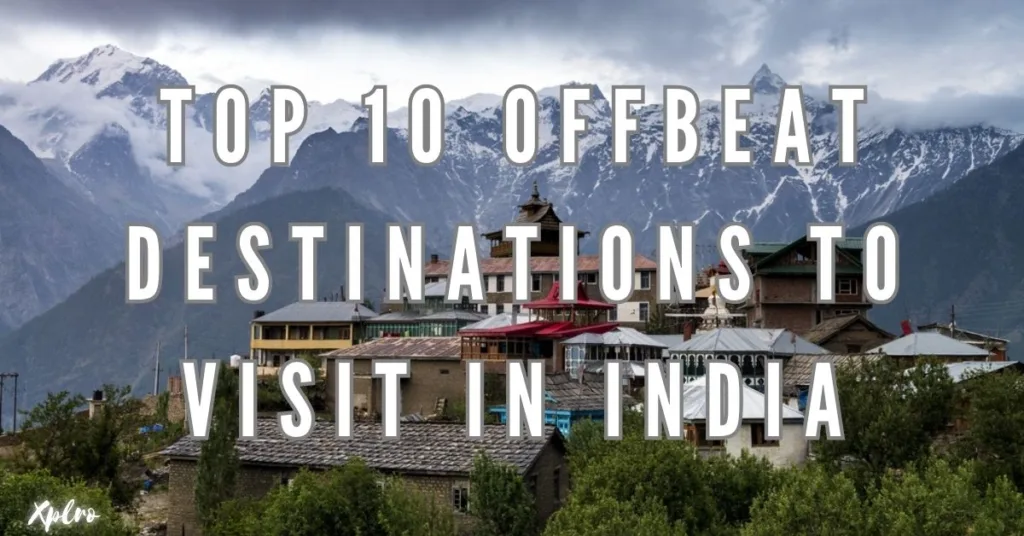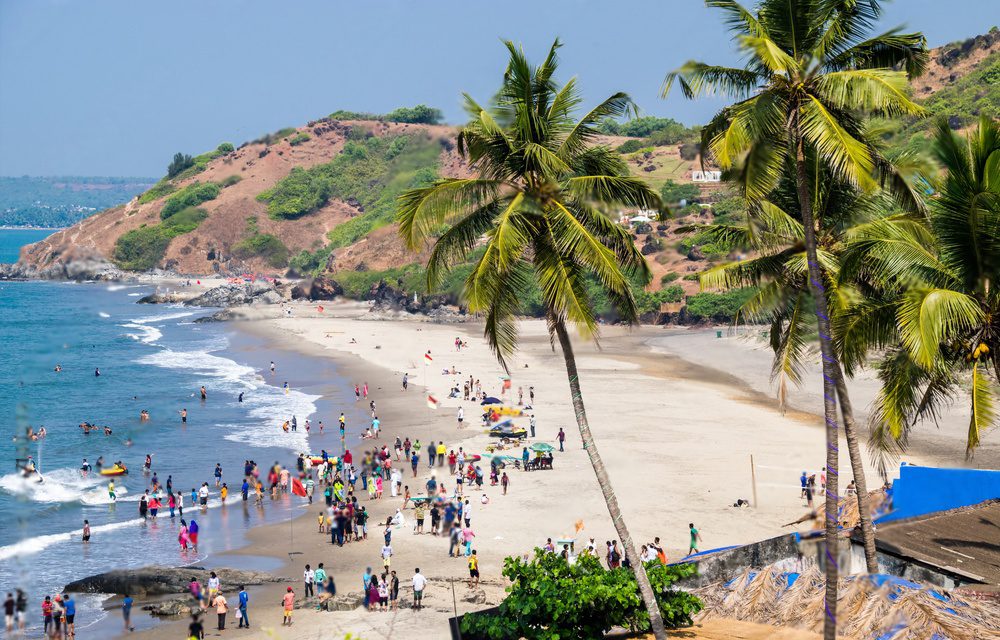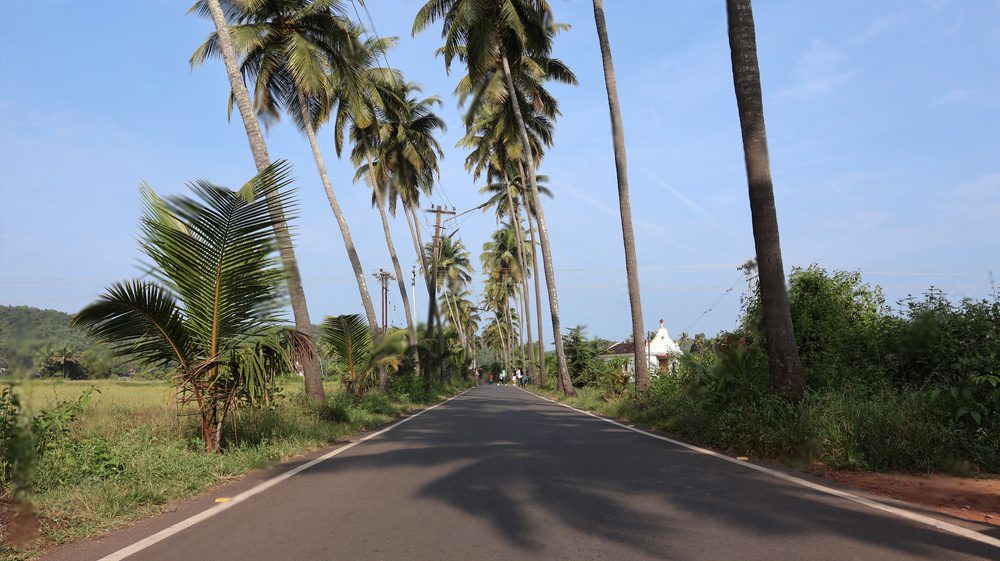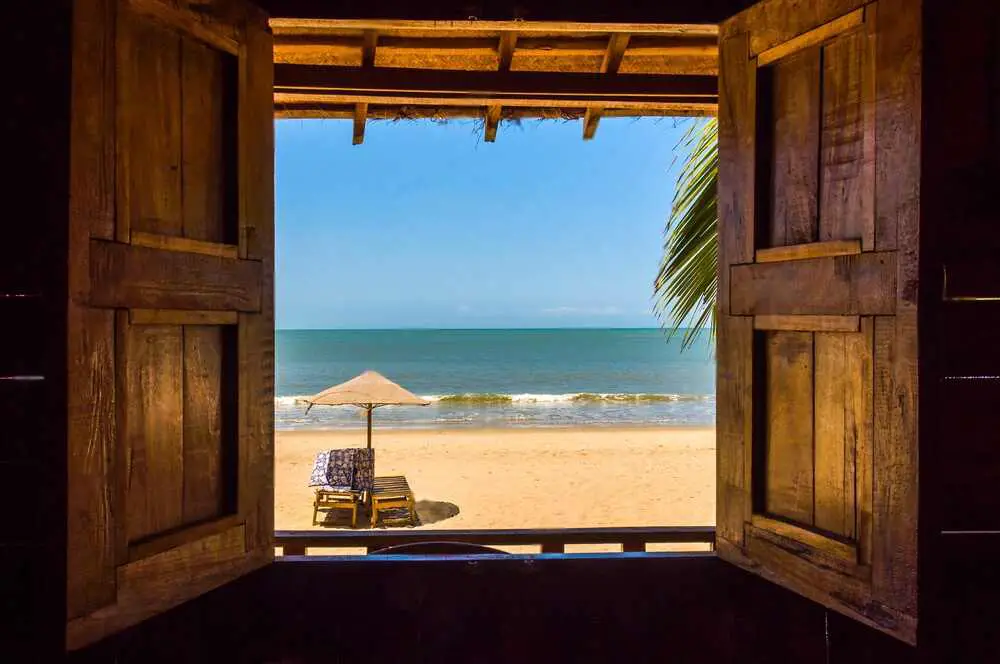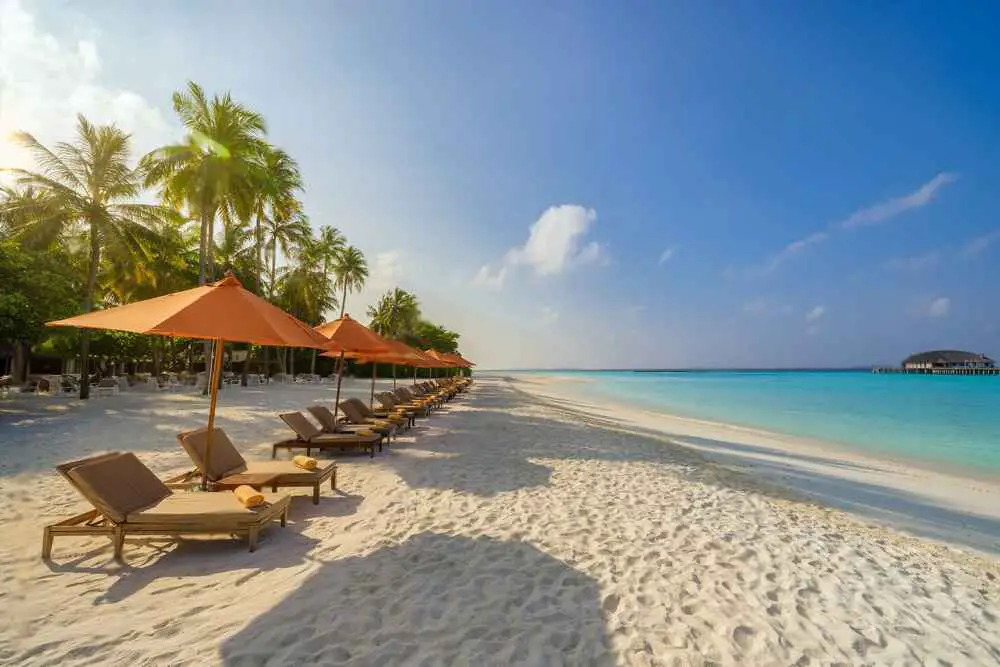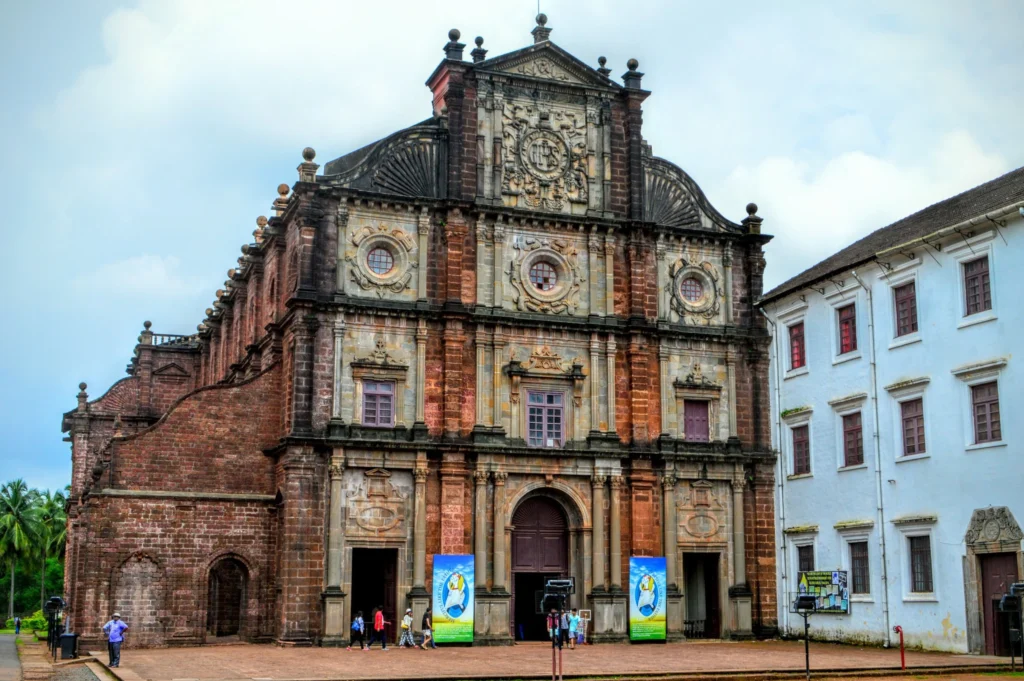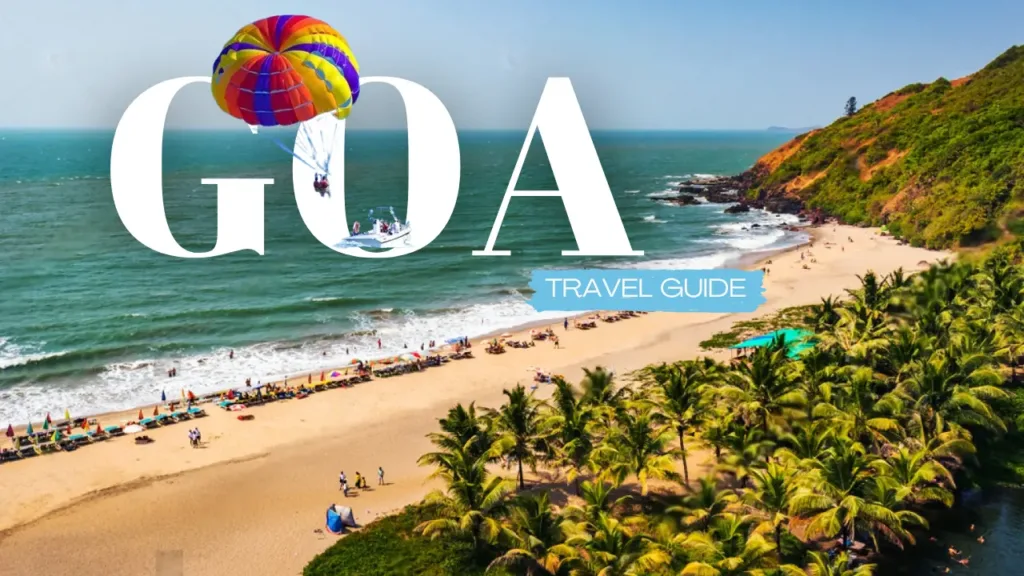Offbeat Destinations to Visit in India, a land of rich diversity, is not just about the Taj Mahal and Jaipur. Beyond the popular tourist spots, there are many hidden gems offering unique experiences. For those seeking tranquility, adventure, and a deeper cultural connection, these offbeat destinations are perfect. Here’s a guide to the top 10 offbeat destinations in India.
1. Ziro Valley, Arunachal Pradesh
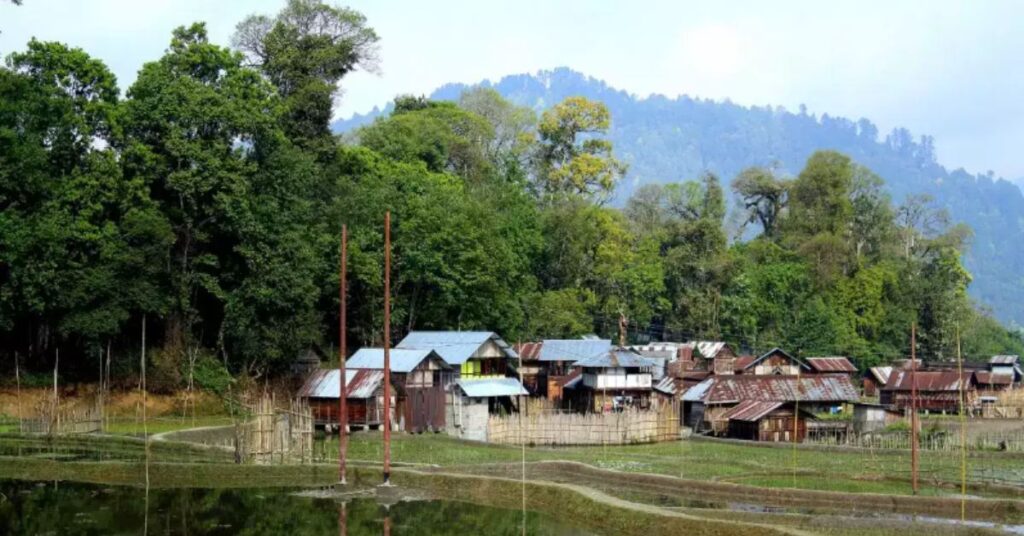

Ziro Valley, a hidden gem in Arunachal Pradesh, is a paradise for nature lovers and culture enthusiasts. Known for its lush greenery, mesmerizing rice fields, and the unique Apatani tribe, Ziro offers a tranquil escape.
What to Do:
- Ziro Music Festival: Experience the vibrant music festival in September, featuring local and international artists.
- Trekking: Explore the serene trails surrounded by pine forests and terraced rice fields.
- Cultural Immersion: Learn about the Apatani tribe’s traditions, famous for their facial tattoos and nose plugs.
Best Time to Visit: March to October
Travel Tip: Pack warm clothing as evenings can get chilly.
2. Majuli, Assam
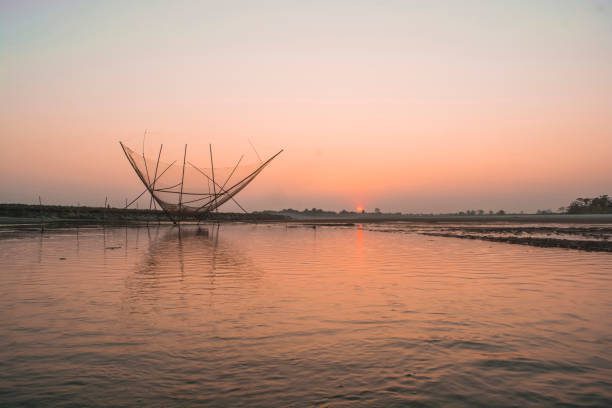

Majuli, the world’s largest river island, is a hidden gem in Assam. Known for its rich culture and serene setting in the Brahmaputra River, Majuli offers a unique experience.
What to Do:
- Explore Satras (Monasteries): Discover the unique cultural and religious practices of the Vaishnavite monasteries.
- Birdwatching: Spot migratory birds and experience the island’s rich biodiversity.
- Pottery and Mask Making: Engage in traditional crafts and witness the art of mask-making.
Best Time to Visit: October to March
Travel Tip: Stay in a bamboo hut for an authentic experience and hire a local guide to explore hidden spots.
3. Tawang, Arunachal Pradesh
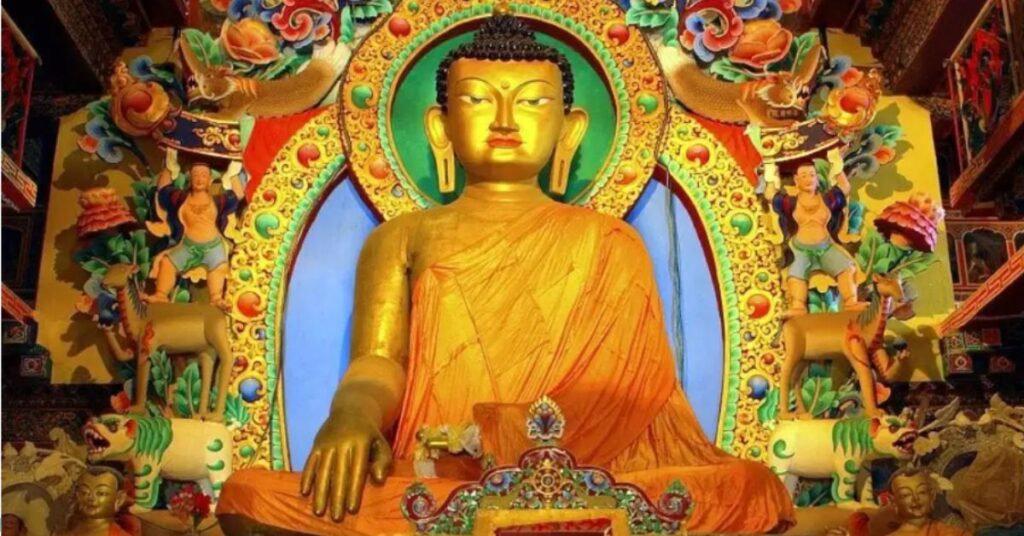

Tawang, a serene hill town in Arunachal Pradesh, is known for its snow-capped mountains, ancient monasteries, and spiritual ambiance.
What to Do:
- Visit Tawang Monastery: Explore this 17th-century monastery, the largest in India, offering stunning mountain views.
- Cross Sela Pass: Journey through this scenic high-altitude pass, adorned with beautiful lakes and captivating landscapes.
- Visit War Memorial: Learn about the 1962 Indo-China war at this poignant memorial site.
Best Time to Visit: March to September
Travel Tip: Acclimatize properly to avoid altitude sickness.
4. Spiti Valley, Himachal Pradesh
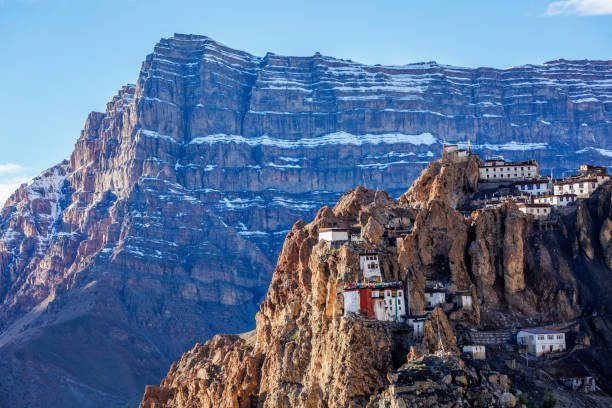

Spiti Valley, often called a “cold desert mountain valley,” is one of India’s least populated regions. It offers an offbeat adventure with stunning monasteries and rugged terrains.
What to Do:
- Visit Key Monastery: Explore this 1,000-year-old monastery perched atop a hill.
- Witness Chandratal Lake: Admire this breathtaking, crescent-shaped lake, especially at sunrise.
- Fossil Hunting in Langza Village: Discover ancient marine fossils scattered throughout the village.
Best Time to Visit: May to October
Travel Tip: Drive cautiously and be prepared for sudden weather changes.
5. Hampi, Karnataka
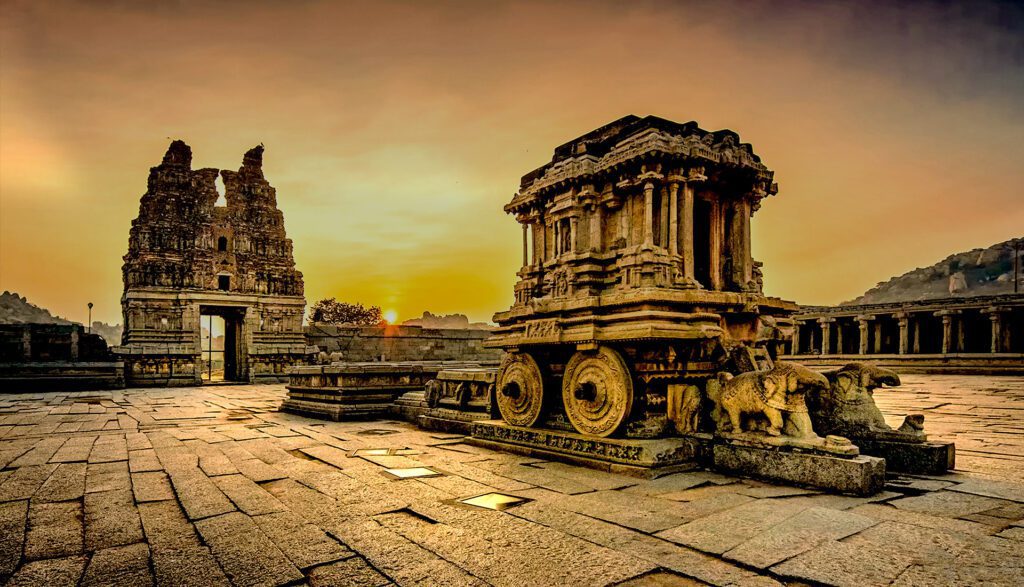

Hampi, a UNESCO World Heritage Site, is a mystical land of ancient ruins, stunning landscapes, and fascinating rock formations.
What to Do:
- Explore Vijayanagar Empire Ruins: Wander through the remains of this once-flourishing kingdom, including temples and palaces.
- Bouldering: Try your hand at rock climbing on Hampi’s unique granite boulders.
- Sunset at Matanga Hill: Climb to the top for a breathtaking sunset view over the ruins and Tungabhadra River.
Best Time to Visit: October to March
Travel Tip: Rent a bicycle or moped to explore the vast ruins comfortably.
6. Gokarna, Karnataka
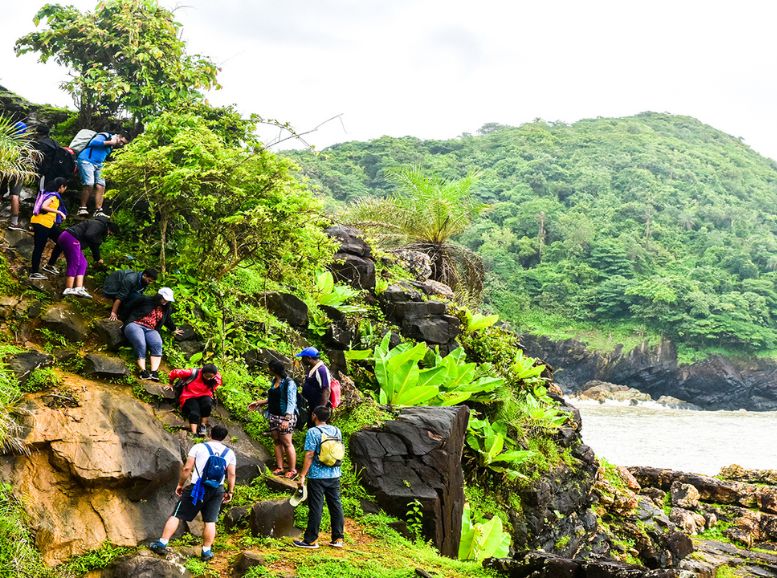

Gokarna, a serene coastal town, offers pristine, uncrowded beaches and a spiritual vibe, often compared to a quieter Goa.
What to Do:
- Beach Hopping: Relax at Om Beach, Kudle Beach, and Paradise Beach.
- Water Sports: Enjoy surfing and snorkeling in the clear waters.
- Visit Mahabaleshwar Temple: Experience the spiritual atmosphere at this famous pilgrimage site.
Best Time to Visit: October to March
Travel Tip: Stay in a beachside hut and savor fresh seafood at local restaurants.
7. Mawlynnong, Meghalaya
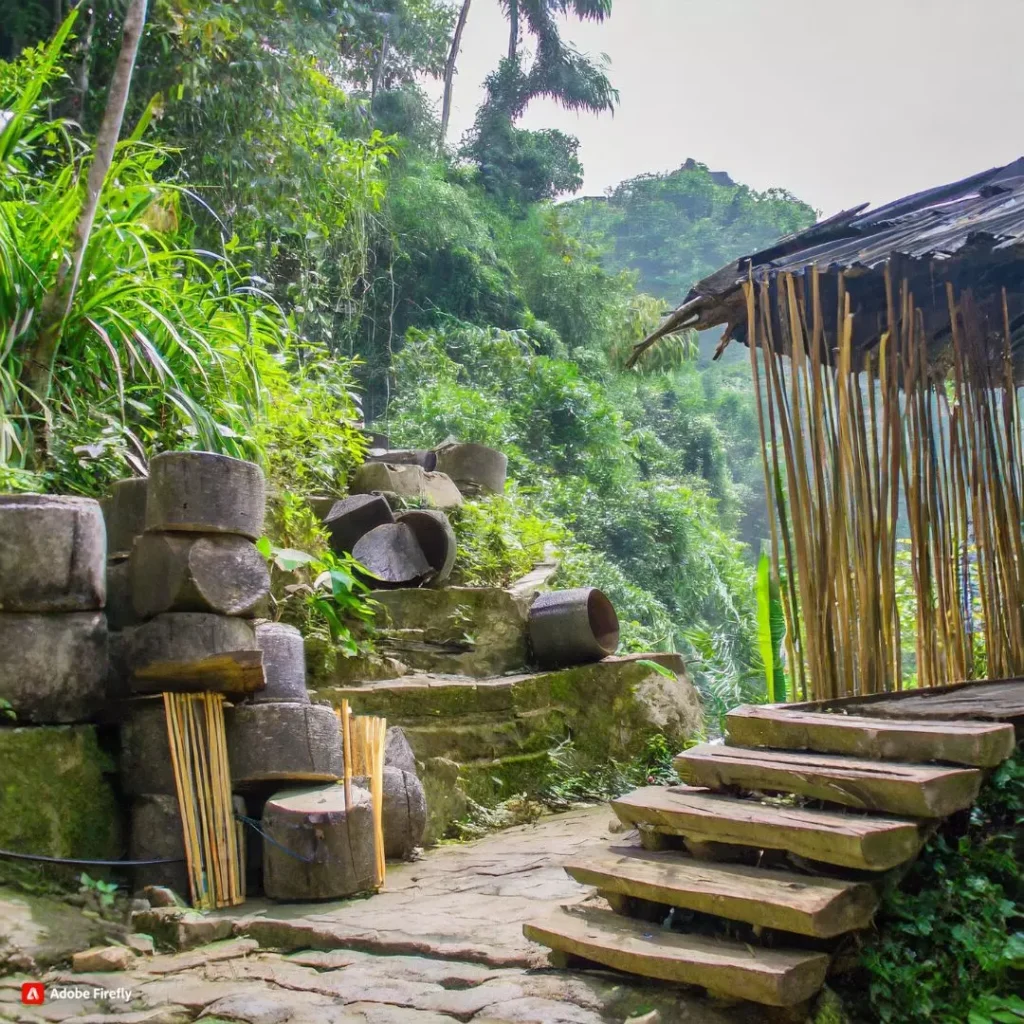

Mawlynnong, known as the “cleanest village in Asia,” is an eco-friendly paradise with sustainable practices and lush greenery.
What to Do:
- Sky Walk: Walk through treetop platforms for panoramic views of Bangladesh and the surrounding hills.
- Explore Living Root Bridges: Discover these incredible, naturally formed bridges crafted from living tree roots.
- Waterfalls and Caves: Explore hidden waterfalls and limestone caves in the area.
Best Time to Visit: October to April
Travel Tip: Respect the village’s cleanliness by following their waste disposal practices and support local eco-friendly initiatives.
8. Zanskar Valley, Ladakh
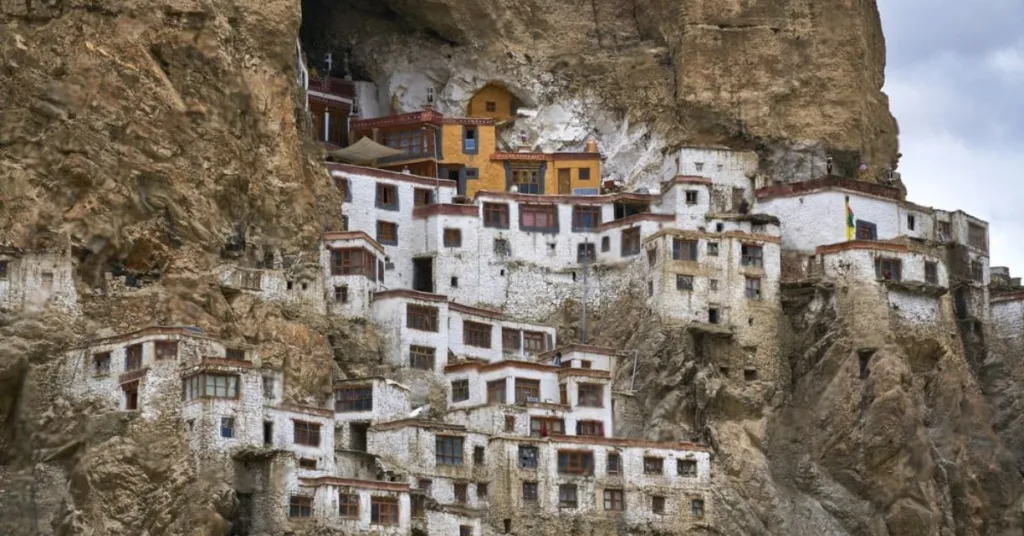

Zanskar Valley, one of Ladakh’s most remote regions, offers an exhilarating experience with surreal landscapes, Buddhist monasteries, and thrilling adventures.
What to Do:
- River Rafting: Brave the challenging rapids of the Zanskar River for a thrilling adventure.
- Chadar Trek: Undertake this iconic trek on the frozen river, one of the most unique experiences in India.
- Visit Karsha Monastery: Admire this ancient monastery, perched on a hill, and learn about Buddhist traditions.
Best Time to Visit: June to September
Travel Tip: Due to its remoteness, plan your trip well and carry all essential supplies.
9. Chopta, Uttarakhand
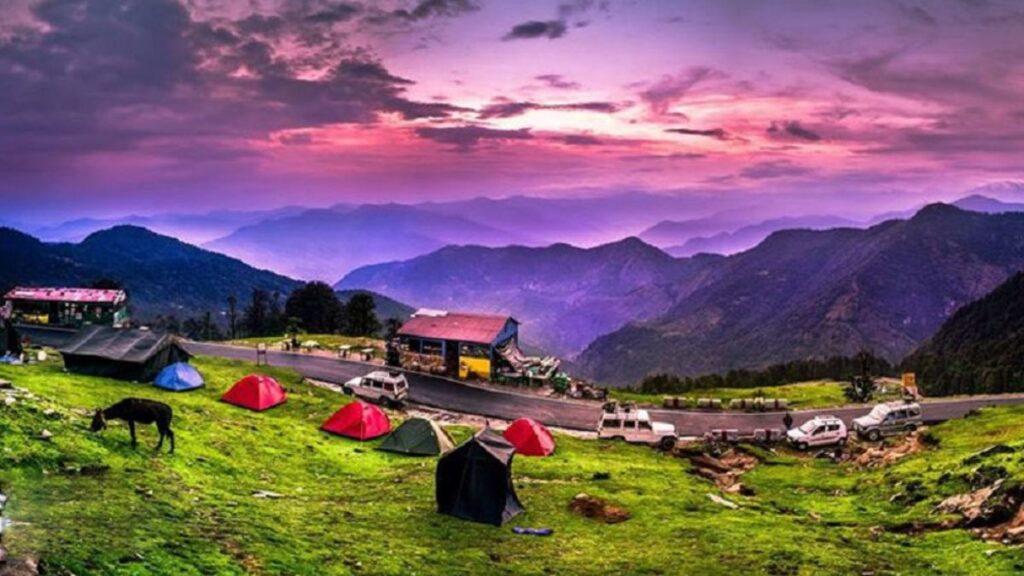

Chopta, often called the “Mini Switzerland of India,” is a lush green valley that serves as a base for treks and offers spectacular views of the Himalayas.
What to Do:
- Tungnath Temple Trek: Hike to the highest Shiva temple in the world, surrounded by breathtaking mountain vistas.
- Chandrashila Summit: Continue your trek to this peak for panoramic views of snow-capped Himalayan ranges.
- Bird Watching: Spot various species of Himalayan birds, making it a paradise for birdwatchers.
Best Time to Visit: April to November
Travel Tip: The trek is moderate in difficulty, so bring appropriate gear and prepare for changing weather conditions.
10. Tarkarli, Maharashtra
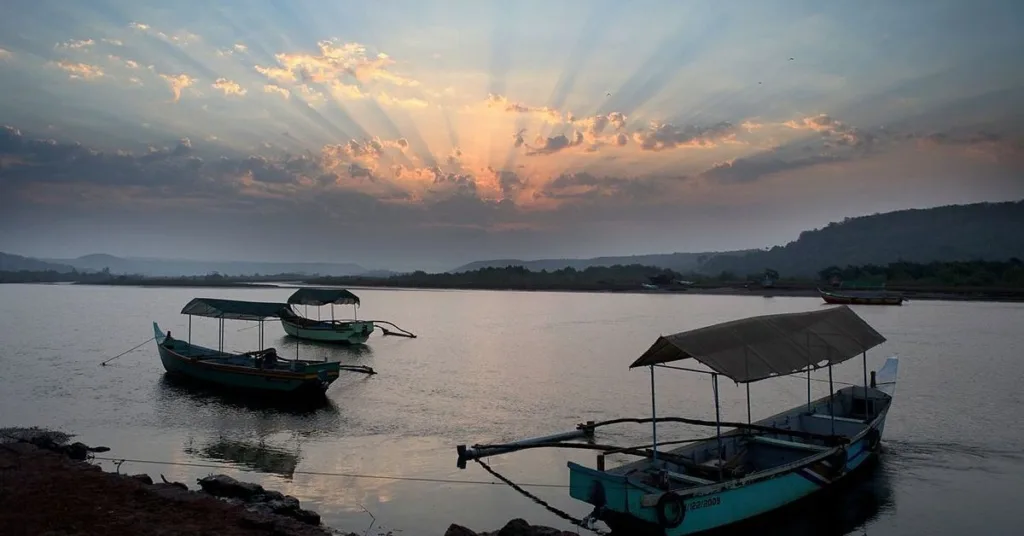

Tarkarli, a hidden gem on the Konkan coast, offers pristine waters, white sandy beaches, and coral reefs.
What to Do:
- Scuba Diving and Snorkeling: Explore the vibrant underwater world with colorful corals and marine life.
- Houseboat Stay: Enjoy a unique houseboat experience on the serene backwaters of the Karli River.
- Dolphin Watching: Take a boat ride to spot playful dolphins in the Arabian Sea.
Best Time to Visit: October to March
Travel Tip: Book your scuba diving sessions in advance and opt for a certified instructor for a safe experience.
Conclusion – Top 10 Offbeat Destinations to Visit in India
Unveiling India’s hidden gems is a surefire way to experience the country’s breathtaking diversity and lesser-known marvels. Imagine serene beaches in Gokarna, the rich cultural tapestry of Ziro Valley, or the exhilarating adventures of Zanskar Valley – these offbeat destinations promise unforgettable experiences.
Ready to ditch the crowds and discover a whole new side of India? Xplro.com can be your guide. Our website is packed with information on these hidden gems, from the best time to visit to must-see attractions and insider tips.
So pack your bags, veer off the beaten path with Xplro.com, and uncover the magic of India’s offbeat destinations waiting to be explored!
FAQs
1. What makes offbeat destinations in India a unique choice?
- Offbeat destinations offer a chance to explore less commercialized areas that are rich in natural beauty, culture, and history. Unlike popular tourist spots, these places provide a more authentic, peaceful experience, allowing you to connect with local traditions and untouched landscapes.
2. Are offbeat destinations in India safe for solo travelers?
- Yes, many offbeat locations in India are safe for solo travelers, especially if you take the necessary precautions. It’s always a good idea to research your destination thoroughly, stay in trusted accommodations, and remain aware of your surroundings. Areas like Ziro Valley and Hampi are becoming popular among solo travelers.
3. How do I get to remote offbeat destinations in India?
- Accessing remote destinations in India often involves a combination of transportation. For example, to reach Spiti Valley, you can take a bus or private vehicle from Manali or Shimla, while Majuli can be reached by ferry from Jorhat. Always check routes ahead of time and ensure that your chosen mode of transport is reliable.
4. What kind of accommodation can I expect in offbeat destinations?
- Accommodation ranges from guesthouses, homestays, and eco-resorts to camping sites. Many offbeat destinations like Mawlynnong and Spiti offer homestays, allowing you to experience local culture. In more remote places, booking accommodation in advance is advisable, especially during peak travel seasons.
5. What should I pack for an offbeat trip in India?
- Your packing list should be tailored to the climate and terrain of the region. For high-altitude destinations like Tawang, bring warm clothes and sturdy shoes for trekking. In coastal areas like Tarkarli, pack light, comfortable clothing, sunscreen, and swimwear. Don’t forget a power bank, reusable water bottle, and a first-aid kit.
6. Are offbeat destinations in India suitable for family vacations?
- Yes, many offbeat destinations are perfect for family trips, especially those that focus on nature, adventure, and culture. Locations like Chopta and Majuli offer family-friendly activities such as nature walks, local cultural tours, and river-side relaxation. Always check if the destination provides family-friendly accommodations.
7. How can I travel responsibly to offbeat destinations?
- Travel responsibly by respecting the local environment and communities. Use eco-friendly products, avoid plastic, and stay in sustainable accommodations. Participate in responsible tourism activities such as nature treks, and always be mindful of cultural norms, ensuring your visit benefits the local population.
8. What types of food can I expect at offbeat destinations?
- Expect local, traditional dishes when traveling to offbeat destinations. In places like Ziro Valley, you can try authentic northeastern food, while in coastal destinations like Gokarna, fresh seafood is popular. For more rural areas, options might be limited, so it’s a good idea to carry snacks or essentials if you have specific dietary needs.
9. Do I need permits to visit certain offbeat destinations in India?
- Some remote destinations like Tawang, Zanskar, and the northeastern states may require special permits, particularly for foreign nationals. Check with local authorities or travel agencies before your trip to obtain any necessary permits. These can typically be arranged online or at local government offices.
10. What medical facilities can I expect in offbeat destinations?
- While offbeat destinations provide an authentic experience, medical facilities may be limited in remote areas. It’s important to carry a basic first-aid kit and any personal medications you may need. In case of emergencies, knowing the nearest larger town with better medical infrastructure is crucial.
11. What activities can I do in offbeat destinations?
- The activities vary based on the location. For example, in Spiti Valley, you can enjoy trekking, exploring monasteries, and stargazing, while in Hampi, you can explore ancient ruins and try bouldering. In coastal areas like Tarkarli, activities like scuba diving and dolphin watching are popular. Each destination offers unique experiences, from cultural immersion to adventure.
12. How can I respect local cultures in offbeat destinations?
- Respecting local cultures is essential when visiting offbeat destinations. Dress modestly, especially when visiting religious sites, and ask for permission before taking photos of people. Learn a few local words or greetings, engage respectfully with local traditions, and support community-driven tourism initiatives that benefit local populations.
